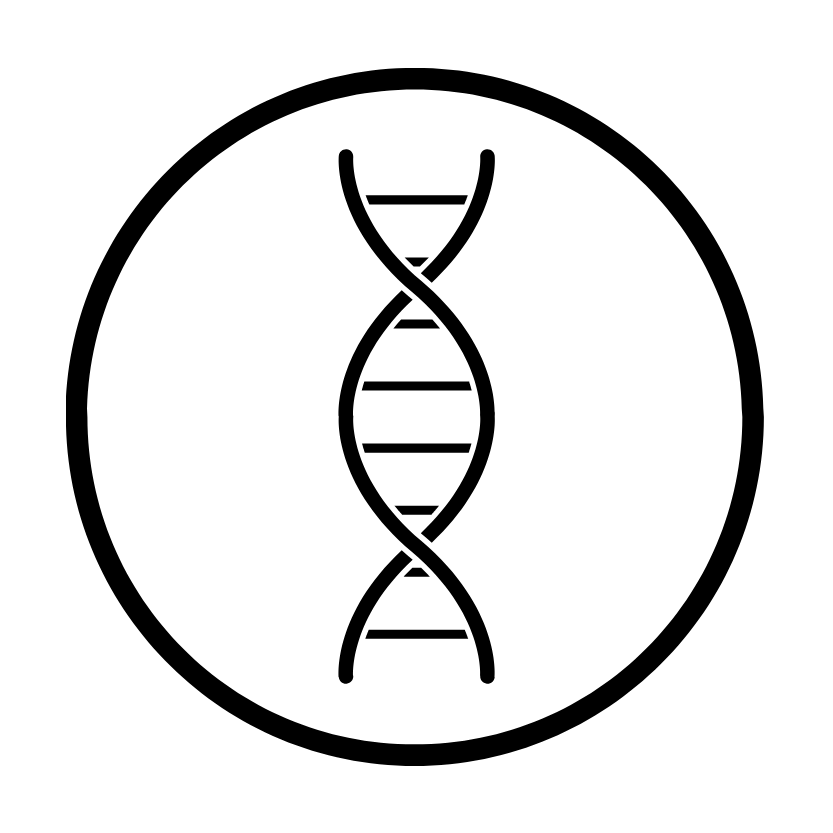Achromatopsia Report
Achromatopsia Report
Couldn't load pickup availability
Achromatopsia is a rare retinal alteration, transmitted in an autosomal recessive manner and characterized by partial or complete color blindness, photophobia, nystagmus (involuntary and repetitive movements of the eyeballs) and severe reduction of visual acuity.
The mechanism of vision is extremely complex and involves, among other factors, two types of cells called cones and rods (photoreceptors).
The former are responsible for daytime vision and are concentrated in the center of the retina, in an area called macula. Thanks to the cones we are able to adapt to the various light intensities, perceive the colors and discriminate the details of the images. The rods, placed on the periphery of the retina, allow night vision, thanks to a very high sensitivity to light, but give rise to an achromatic vision (i.e. they do not allow to discriminate the various colors, but only the different shades of gray existing between black and white).
In subjects suffering from achromatopsia, mutations in the genes involved in phototransduction (i.e. in the conversion of the light signal into electrical) cause, in the cones, the loss of the ability to react to light stimuli and to perceive colors. Hence the typical color blindness, given by the fact that the vision will depend exclusively on the activity of the rods. This form of achromatopsia, the most severe, is defined as "complete". There are some "incomplete" forms, characterized by a residual functional activity of the cones and with milder symptoms, although the number of cones still functioning is highly variable from person to person.
Achromatopsia is estimated to affect one in 30,000 people, so it can be considered a rare condition.

What You Get
-
Wellness Report
See a reportThe Wellness Report clarifies which habits are best suited to your genome, with actionable insights to live a better life.
-
Scientific Fitness Report
See a reportThe Fitness report gives you actionable advice on training, sports, fitness and physical activity. This will help you develop the right workout for you based on your whole genome.
-
Nutrigenomics Report
See a reportLearn about the relationships between food groups and your genes. Using this report, you can create the most effective and personalized diet with a specialist.
-
Health and Predispositions
See the reportLearn more about your risk to develop +50 diseases and conditions. Start taking a proactive approach to your health with our actionable insights.
How it works
-
1.
Using a simple at home blood sample, we can collect the 100% of your DNA and analyze the genetic sequence in our lab.
-
2.
The sequence is divided into several parts, amplified, grouped in clusters and then sequenced.
-
3.
This sequencing process reveals the order of nucleotides that make up the original DNA sample.
-
4.
We then compare the genome with a generic and globally recognized reference DNA sequence.

Simple Blood Sample Collection
Painless, quick at home sample collection. User friendly device with CE-IVD mark and FDA approval.
Simply follow the packaging instructions and send the sample back using the pre-paid returns label.
Genomic Consultation Service
Additional reports
Check out the full range of our additional reports, available upon completion of the Genome Test.
-
Example product title
Regular price €19,00 EURRegular priceUnit price / per -
Example product title
Regular price €19,00 EURRegular priceUnit price / per -
Example product title
Regular price €19,00 EURRegular priceUnit price / per -
Example product title
Regular price €19,00 EURRegular priceUnit price / per
So - I am happy to give Dante 5/5 this time round because they delivered 2 sets of Whole Genome Sequencing in UNDER 4 WEEKS!
⭐⭐⭐⭐⭐
If your health service/doctor is giving you the runaround or displaying utter incompetence then consider getting a WGS done at Dante If your health service/doctor is giving you the runaround or displaying utter incompetence then consider getting a WGS done at Dante
⭐⭐⭐⭐⭐
Two out of 3 kits indeed generated results within the promised 2 weeks. The third kit ran into problems, but Dante's lab has demonstrated excellent customer service.
⭐⭐⭐⭐⭐
Love Dante Labs - Duston Stanczyk
⭐⭐⭐⭐⭐
Bought 2 more kits during 2019 Black Friday sale, both results were delivered well befor advertised lead times with quality above 30x. - Jozef Kohut
⭐⭐⭐⭐⭐
